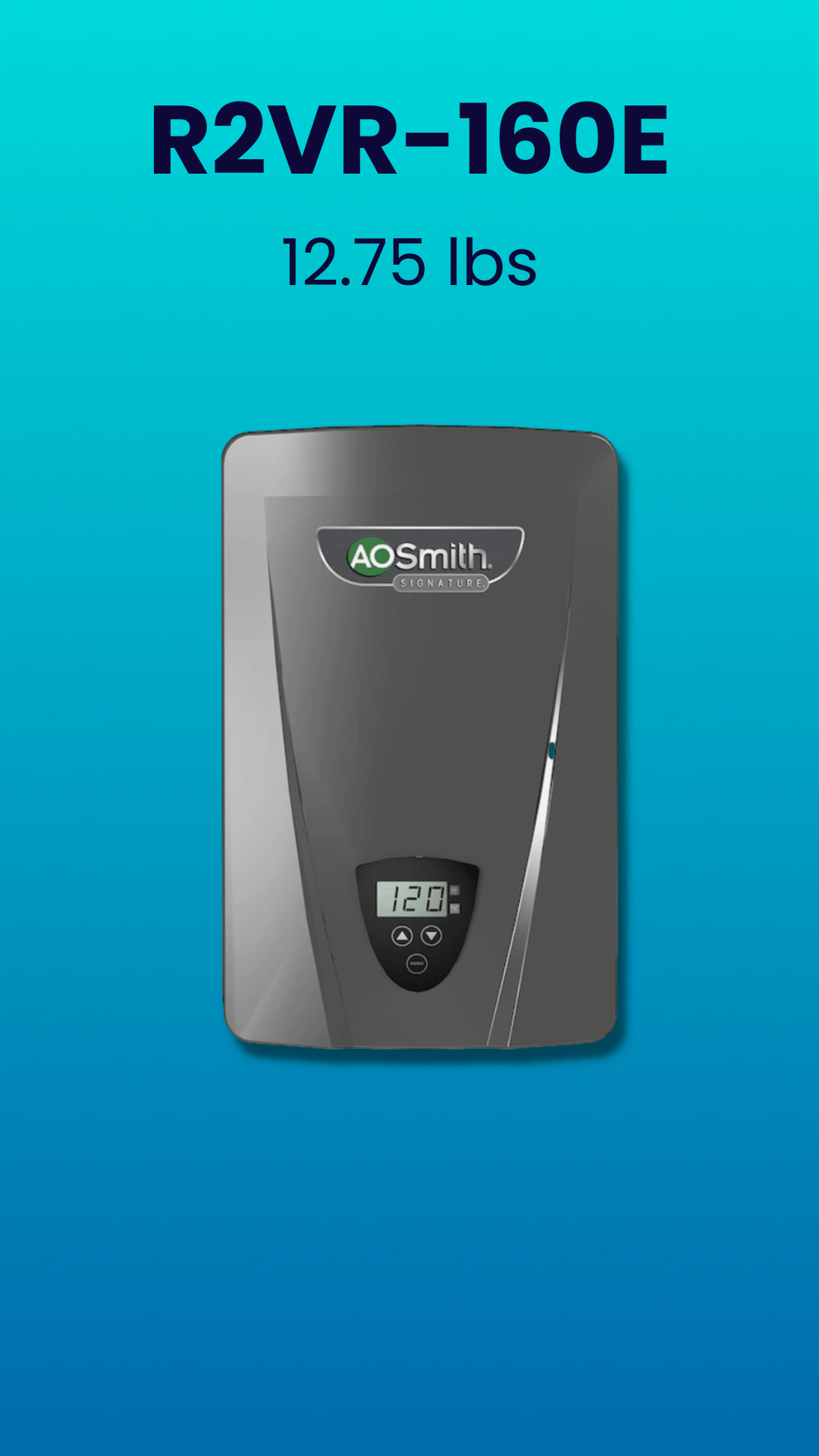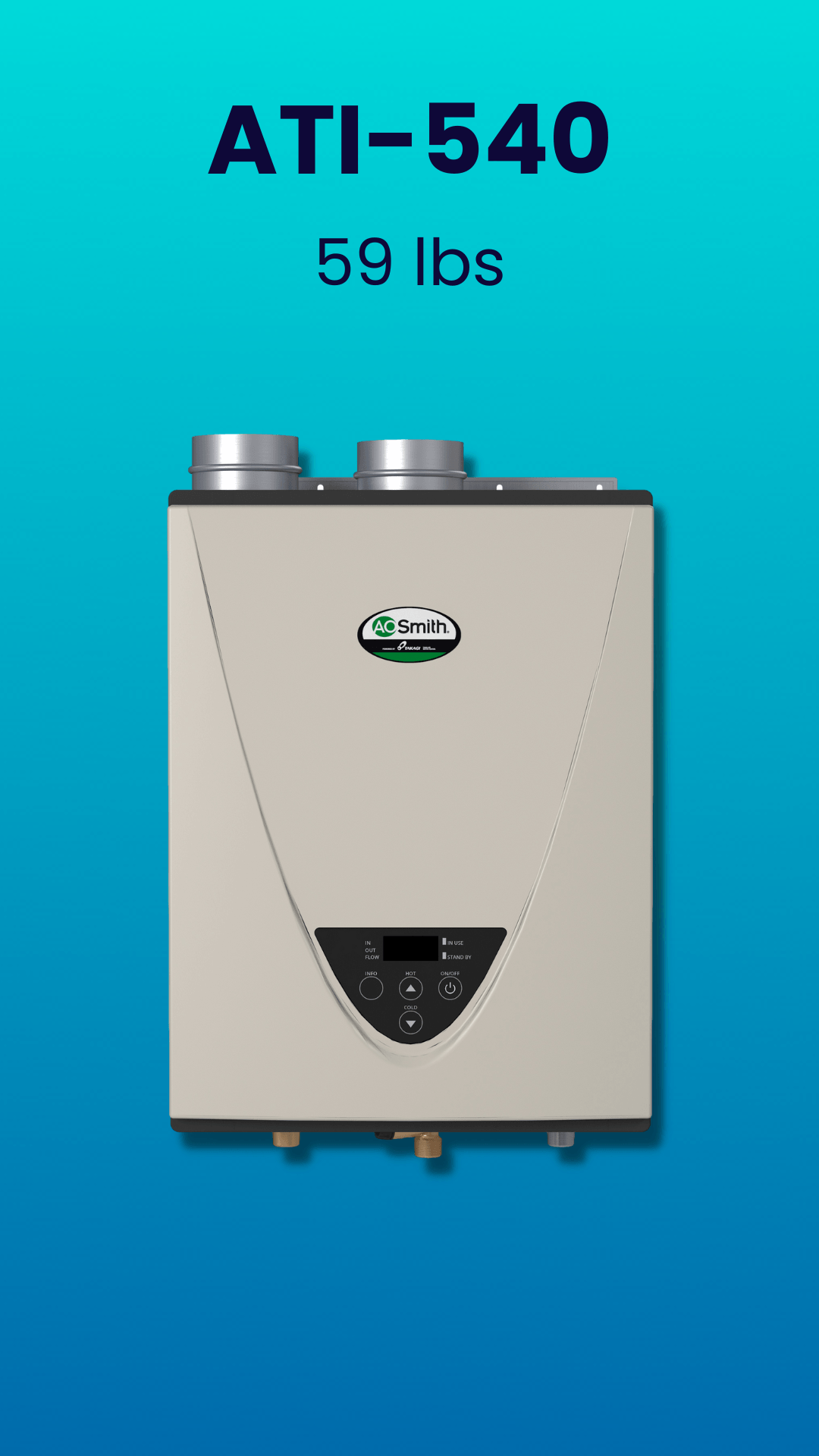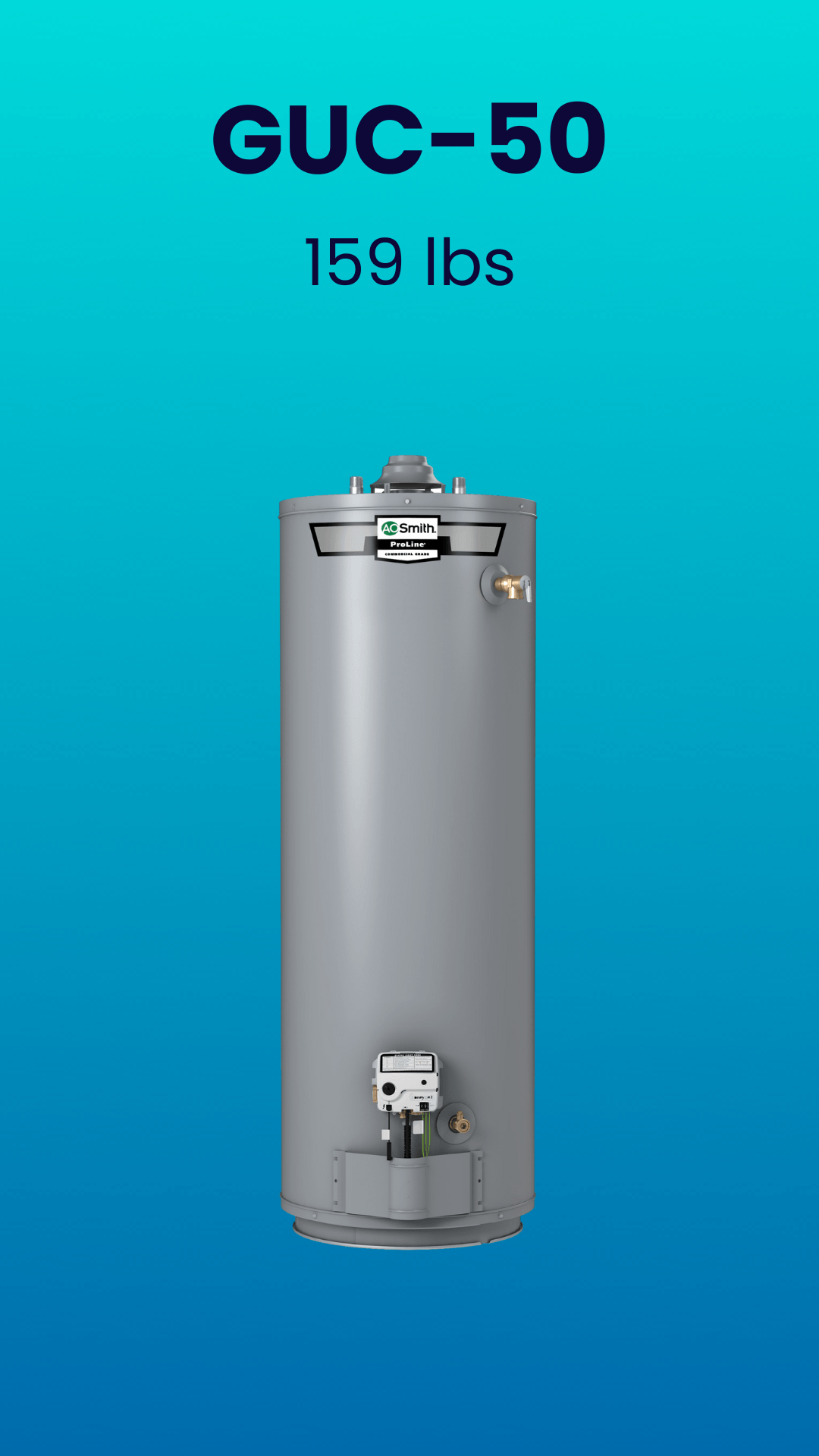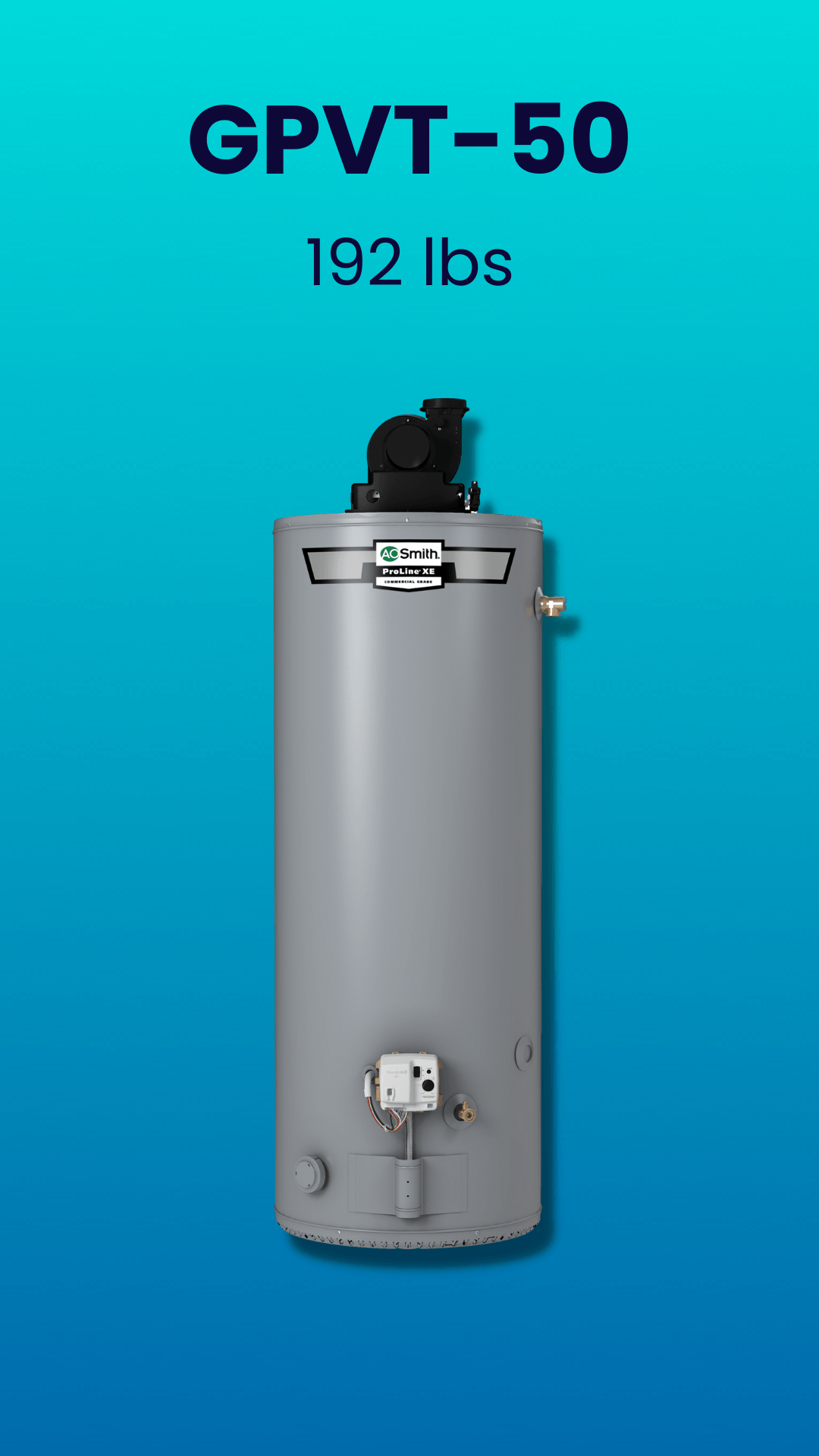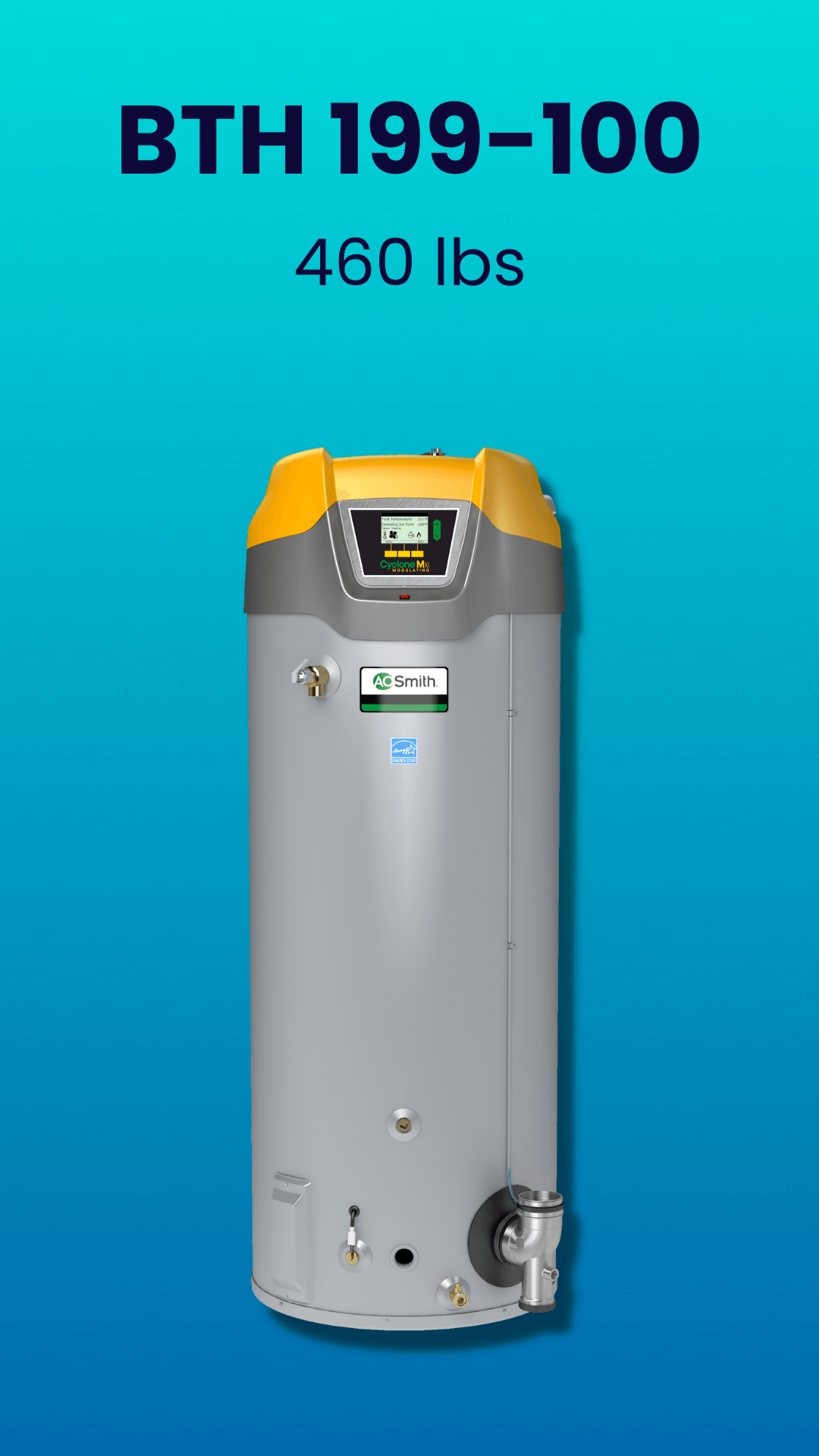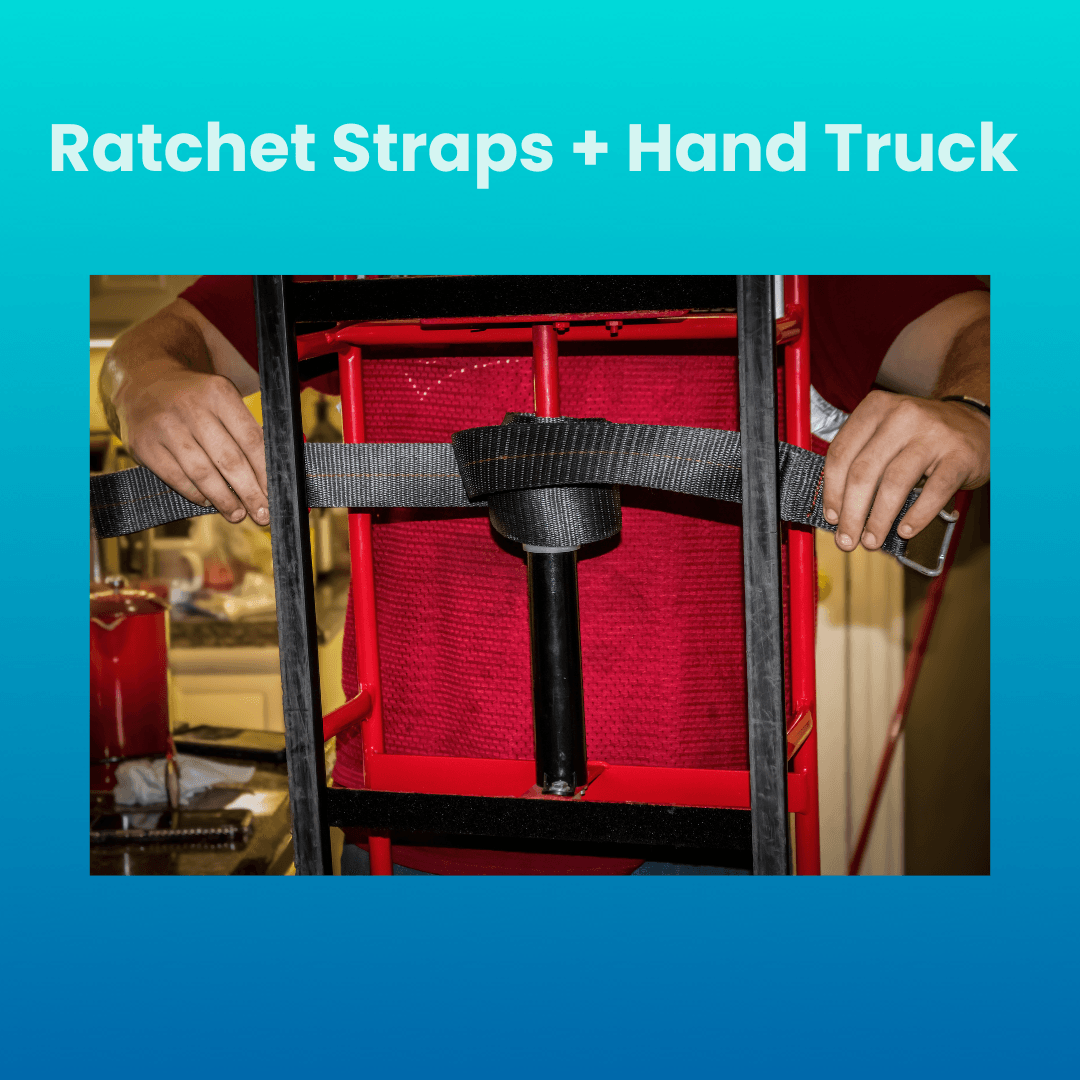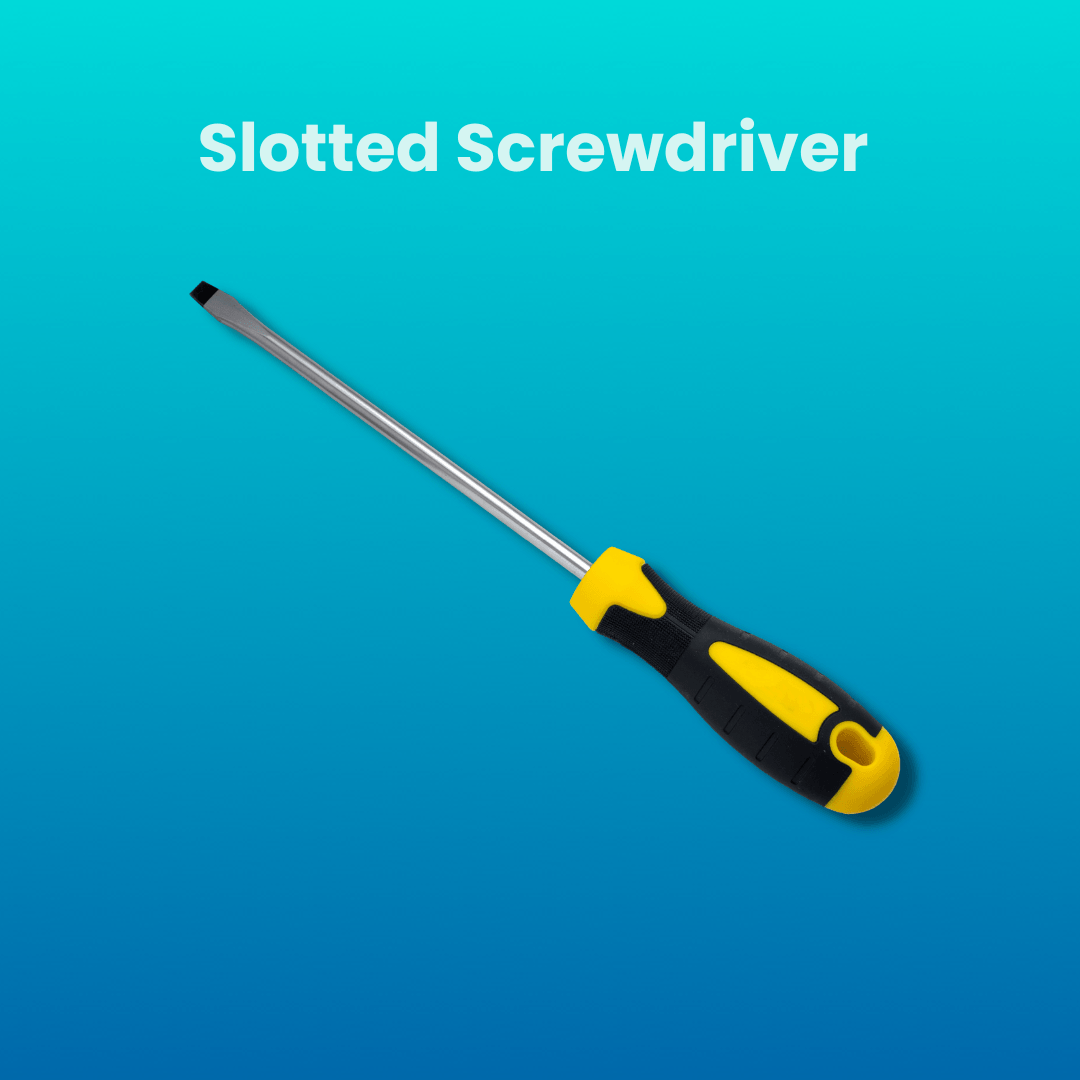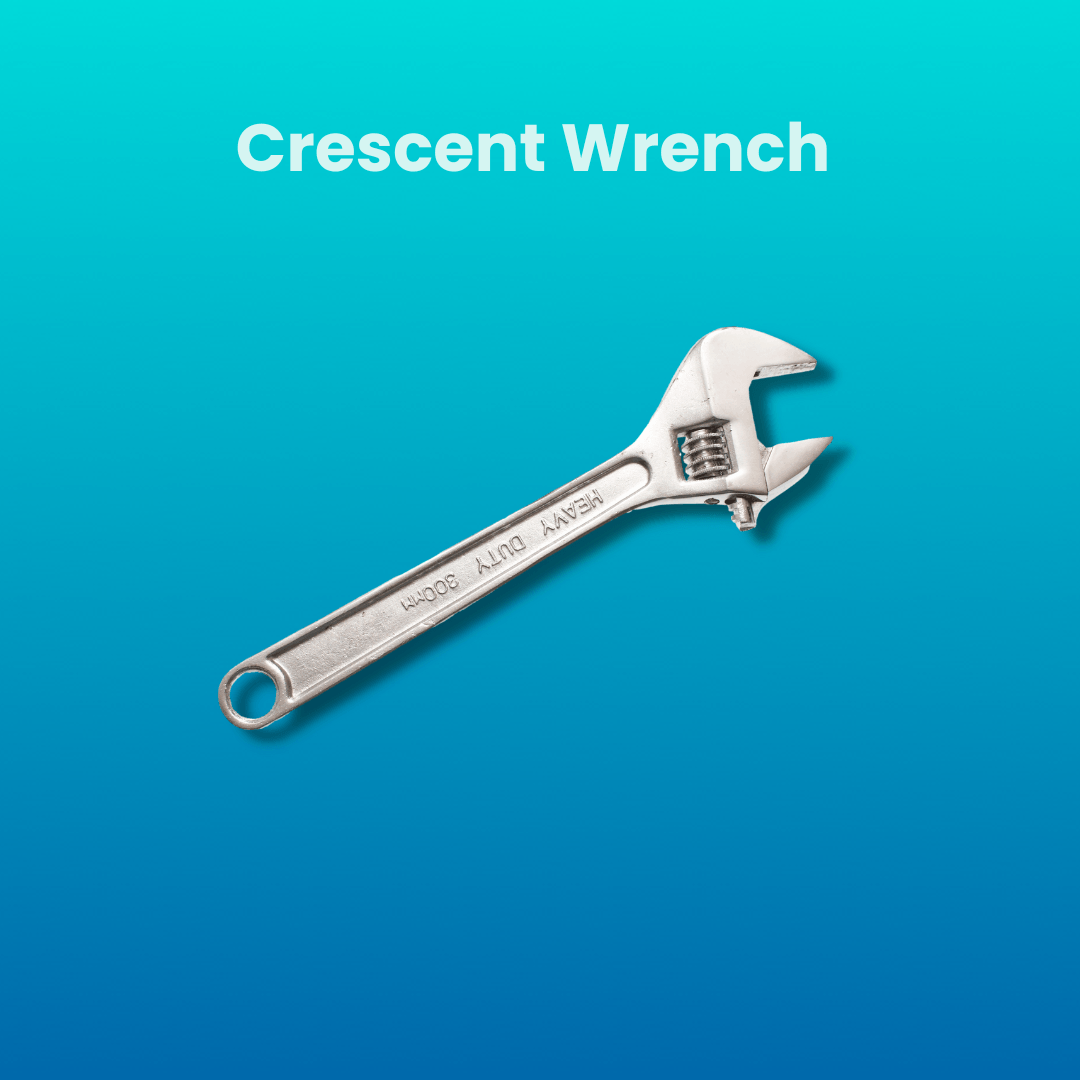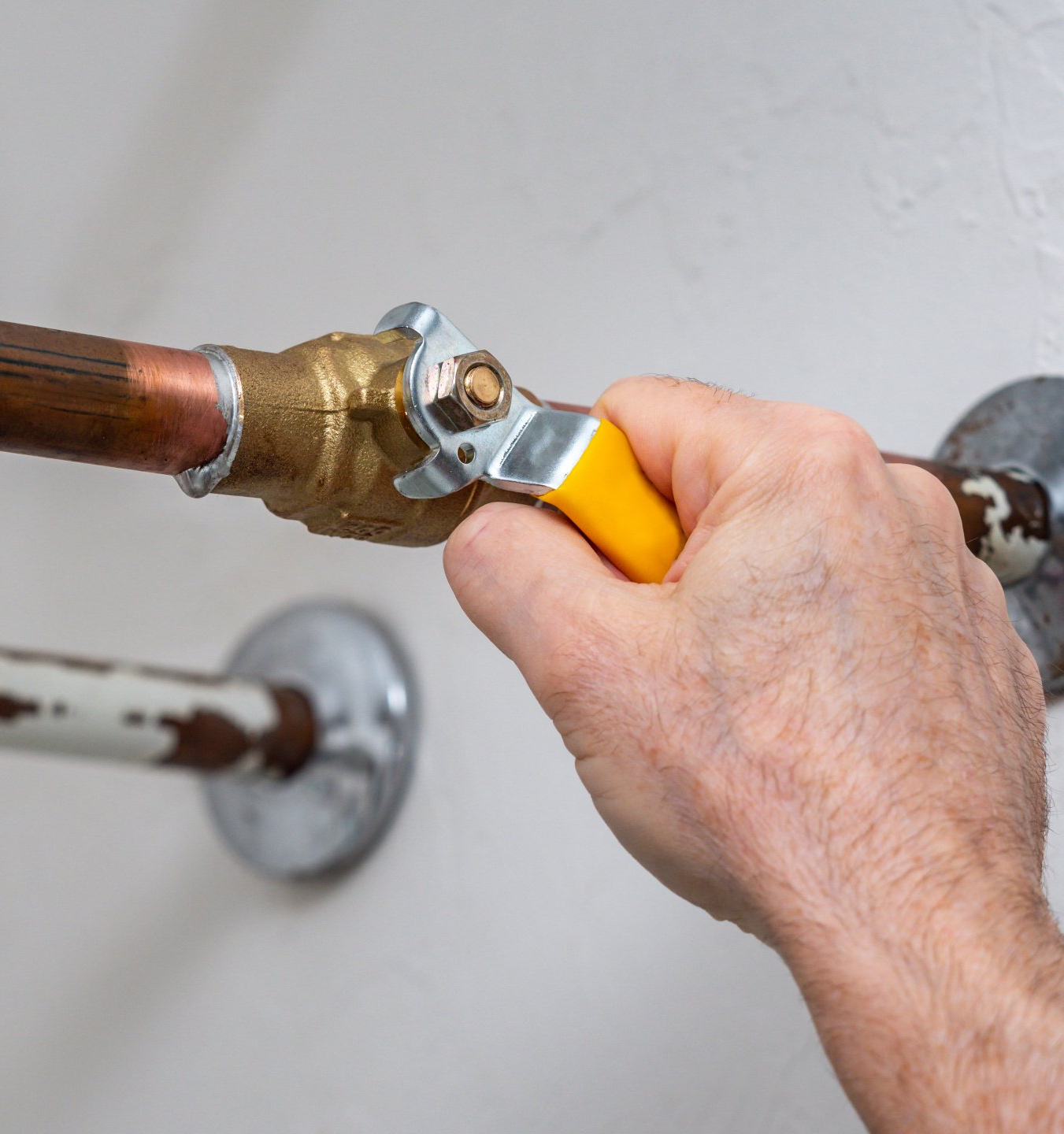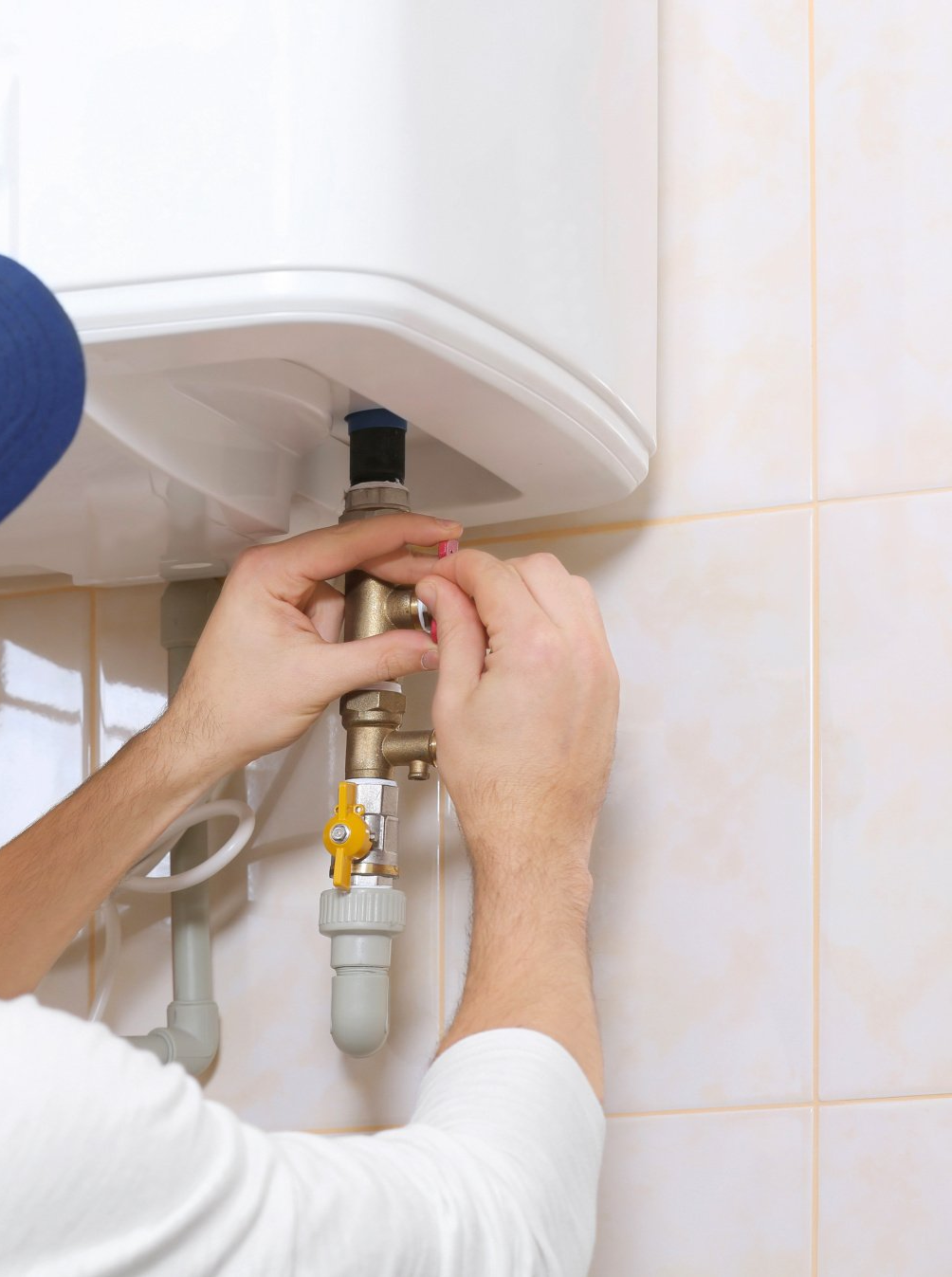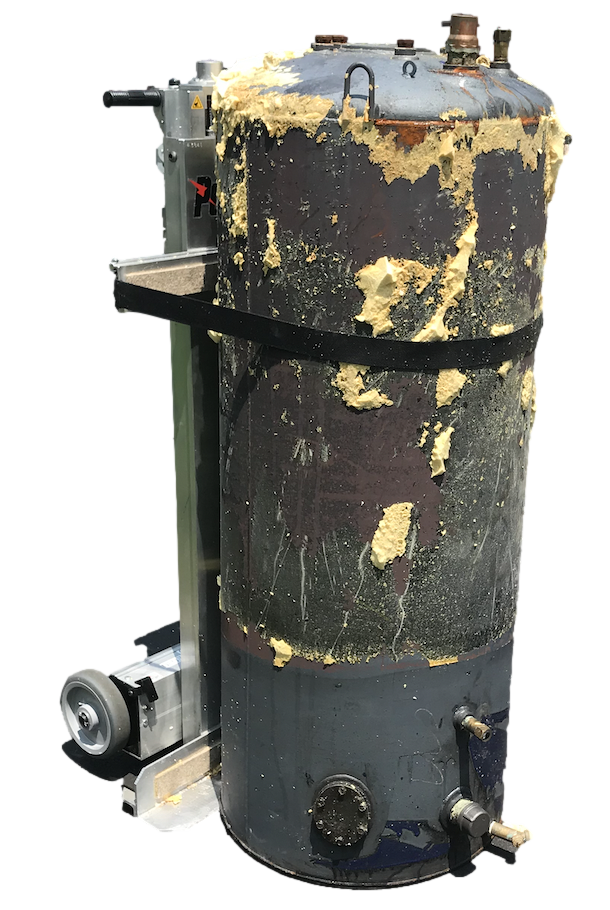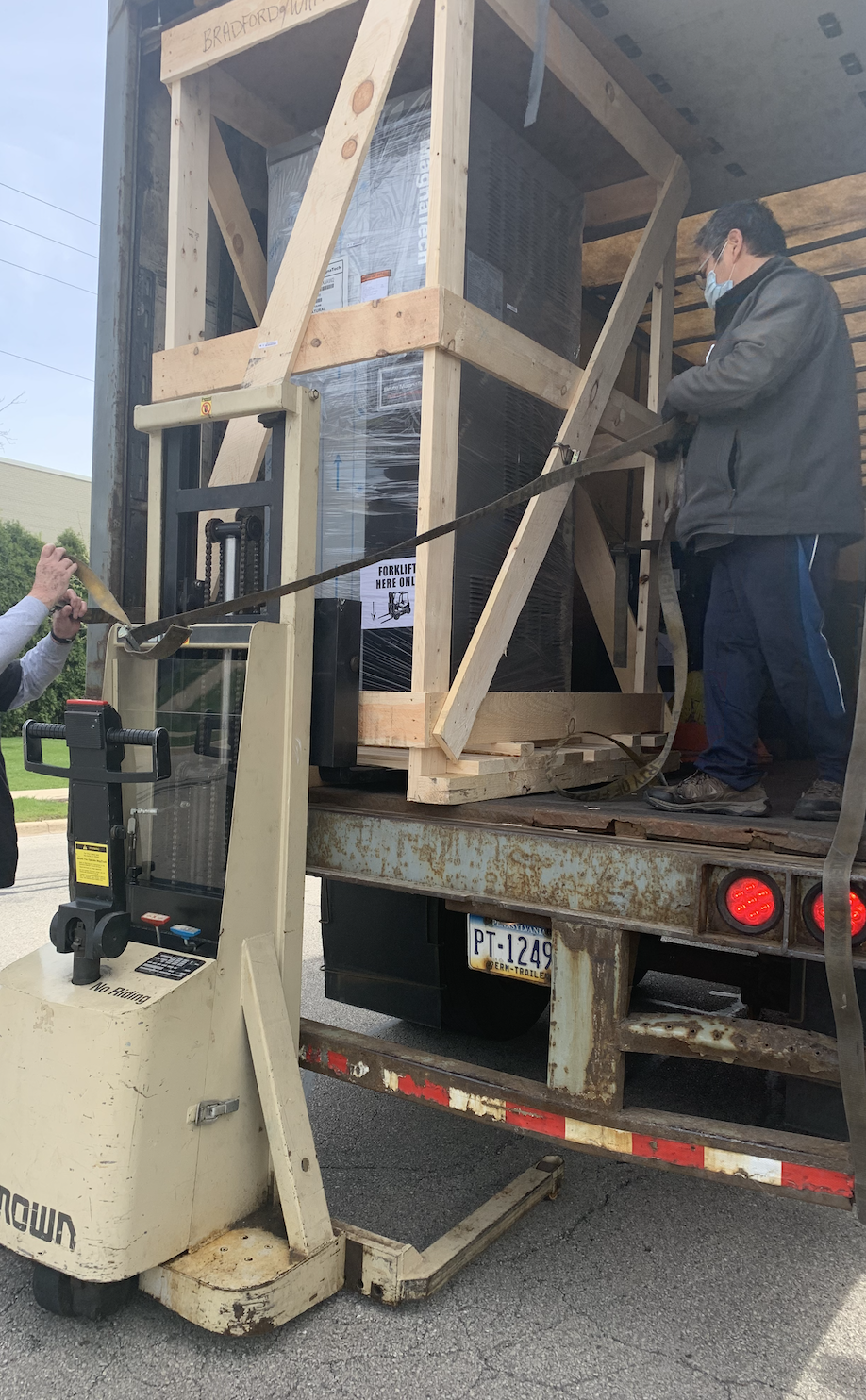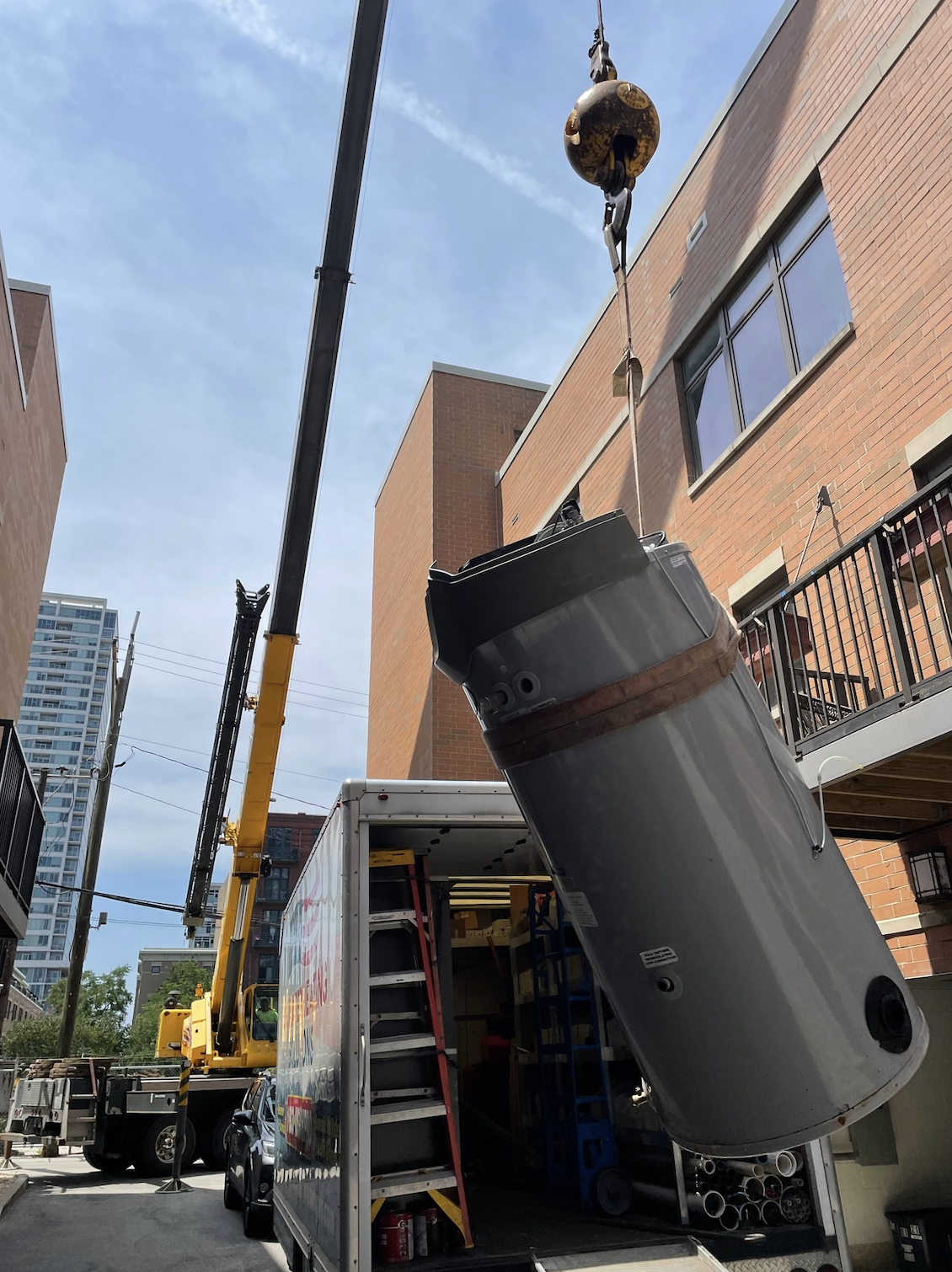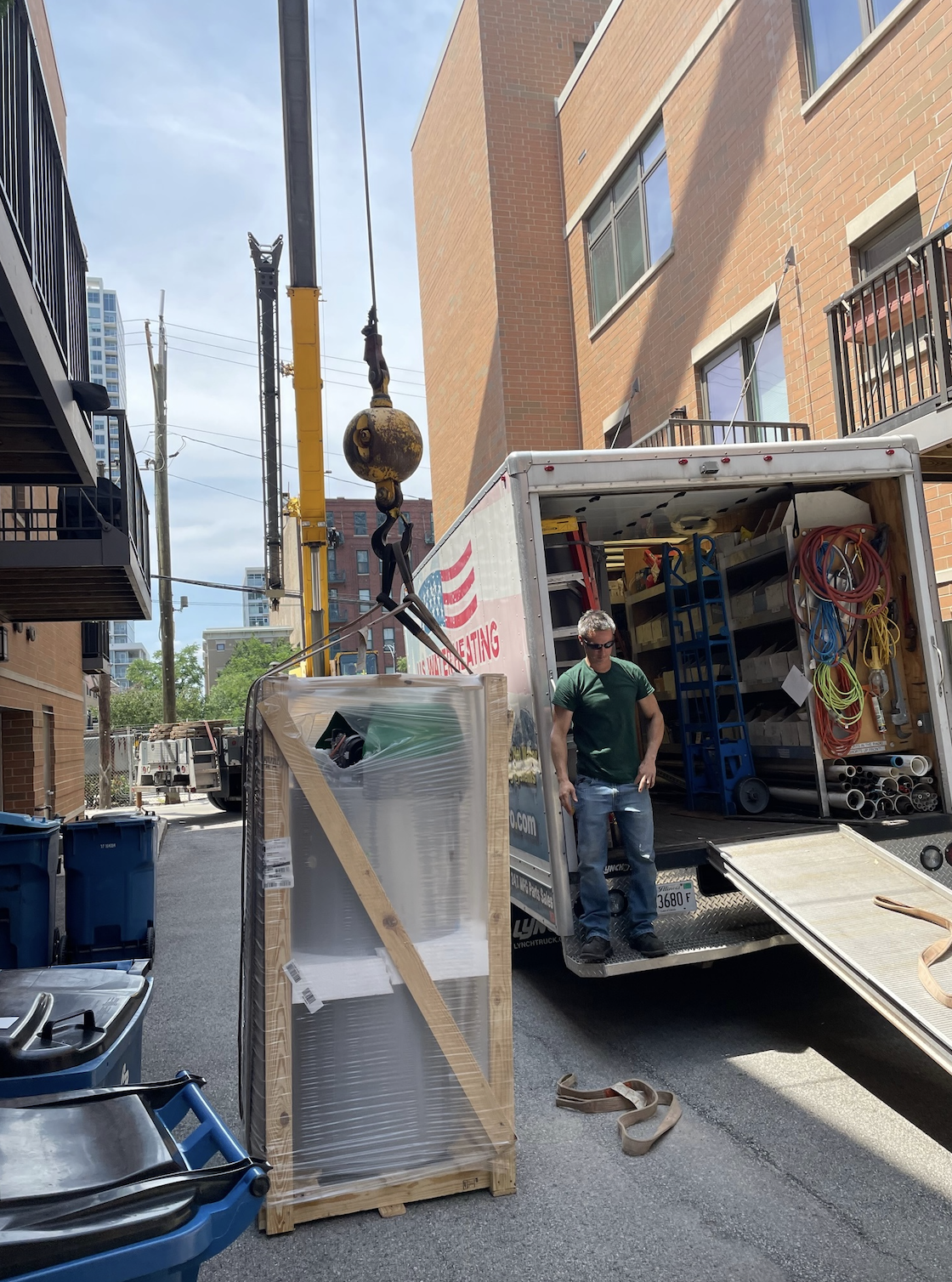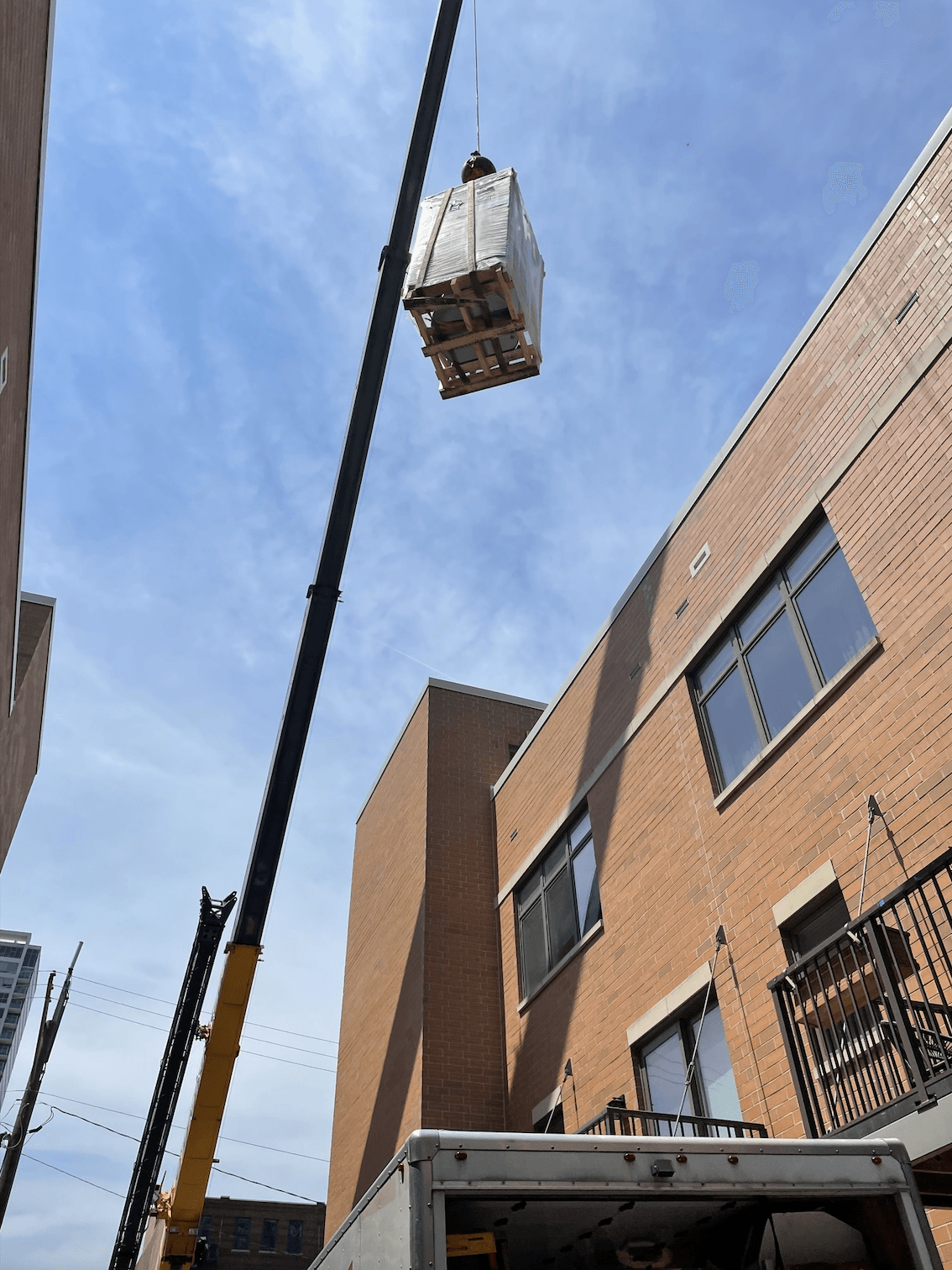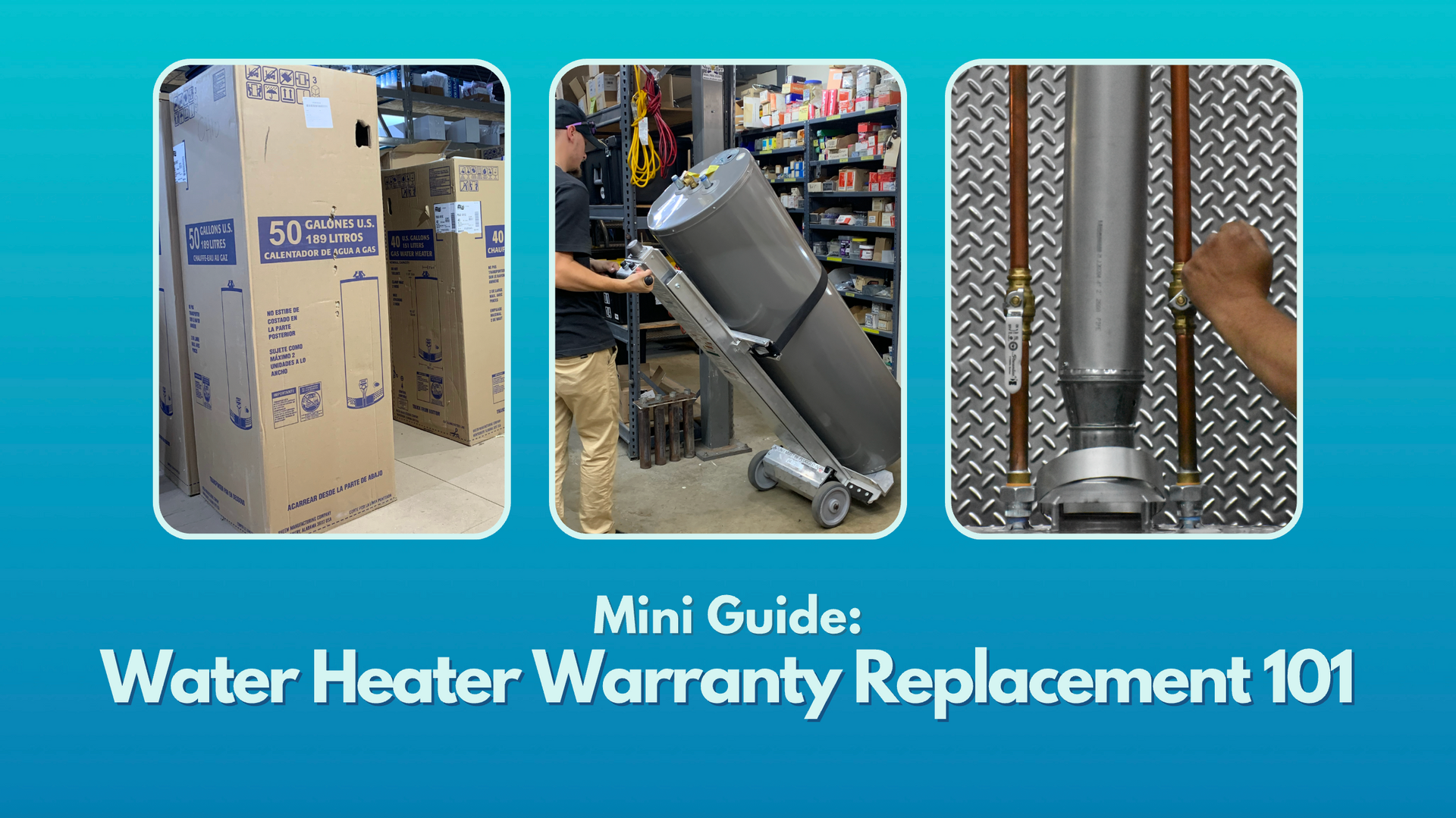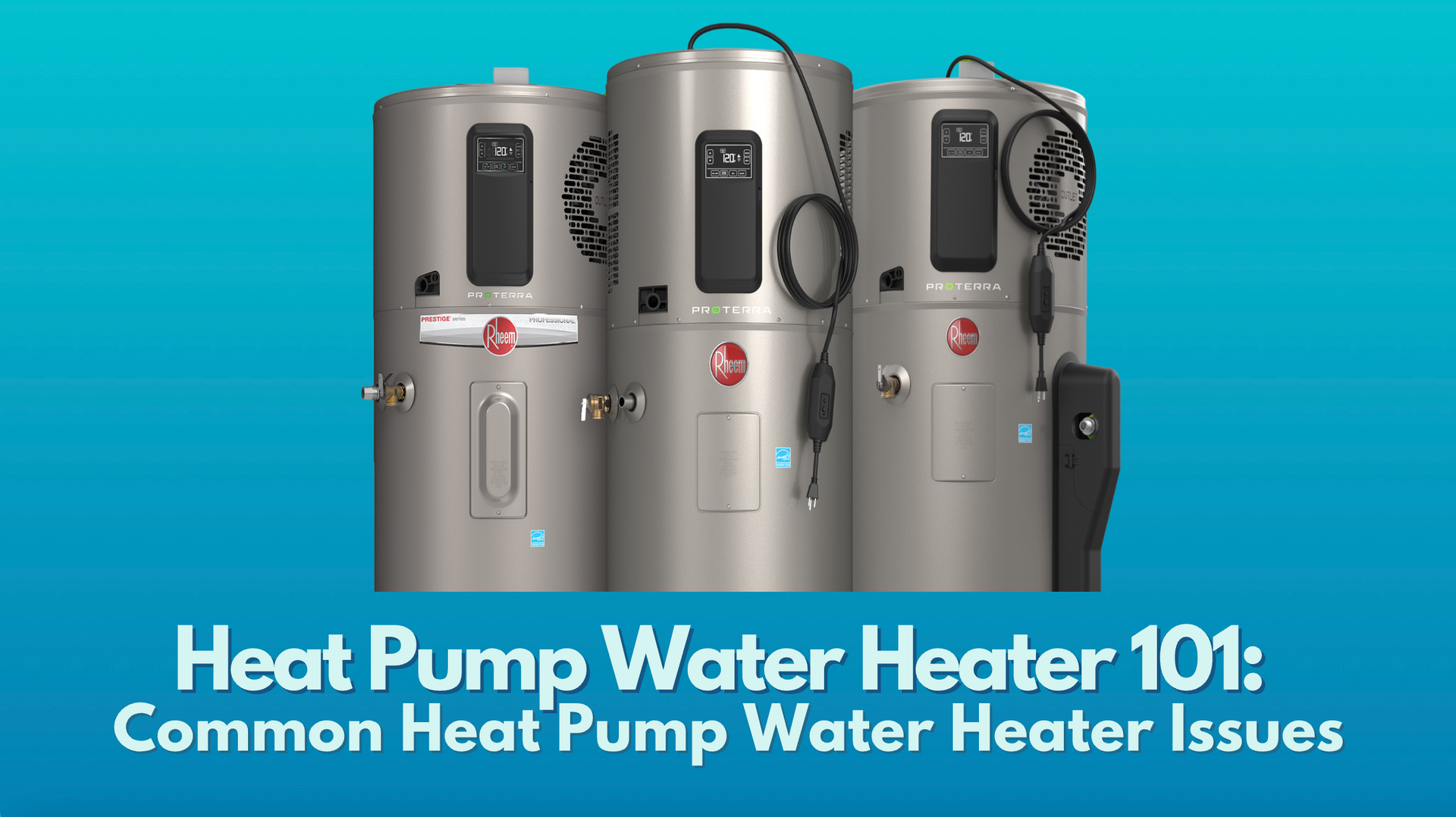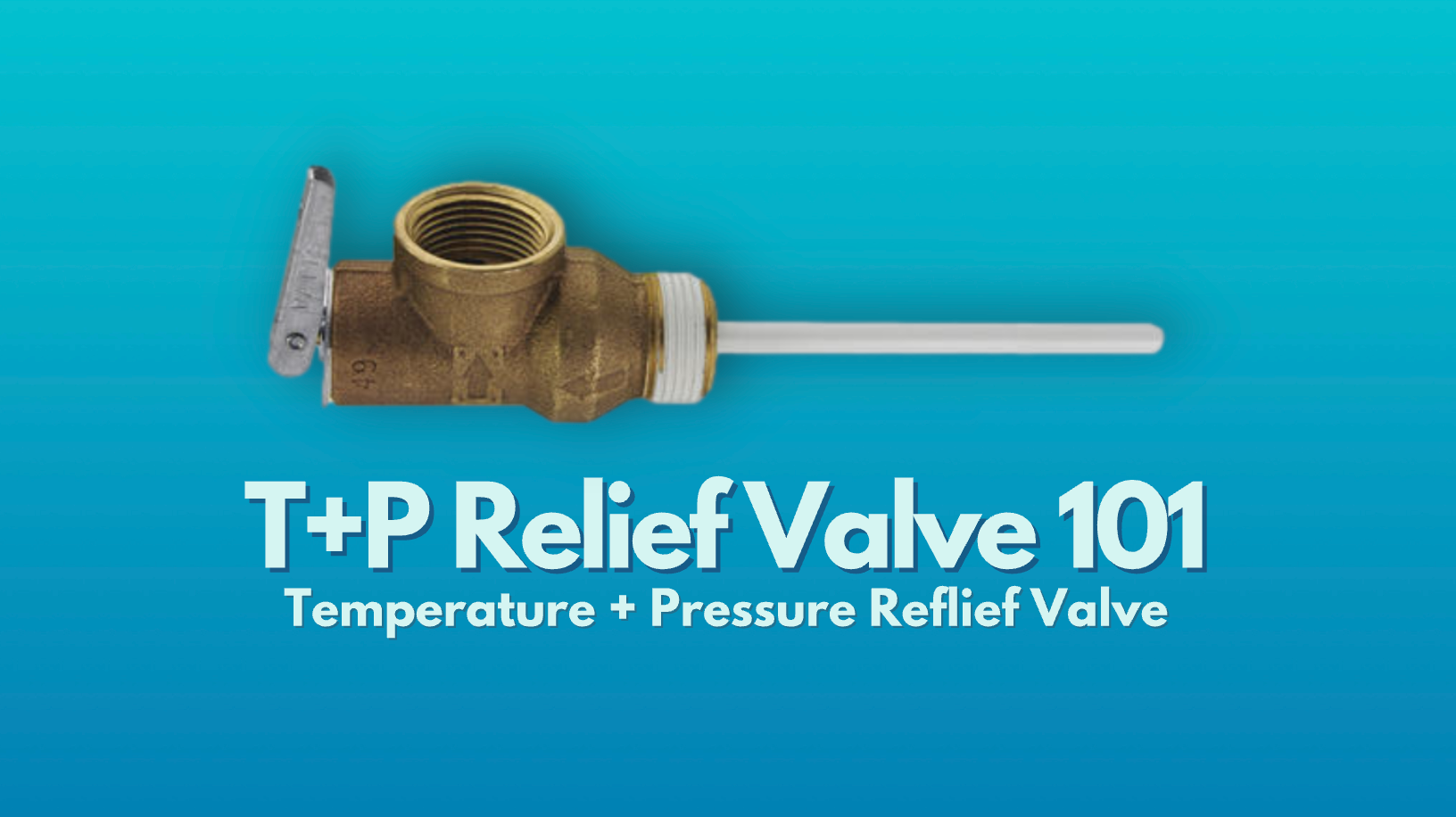Tips For Lifting a Heavy Water Heater
Last Updated: 11 July 2023
**DISCLAIMER: Please refer to your manufacturer’s installation manual for information regarding your specific model. If you are attempting to service your own heater, please do so with caution. This article is meant to provide an informative + educational summary and does not supersede official onsite diagnosis/repairs or information from your unit's manufacturer. U.S. Water Heating Solutions LLC and its associated DBAs are not liable for damages, injury, or other outcomes.**
What You Need to Know About Lifting a Water Heater
Do you need to lift or move your water heater? Perhaps you bought a new unit and need to dispose of the old water heater, or perhaps you want to lift your water heater onto a water heater stand. When faced with the task, you’ll learn that it’s not easy to lift water heaters thanks to their large size and weight. It can be done with the right tools and experience; you’ll just have to be careful so that you don’t hurt yourself nor cause damage to the water heater or your home.
Learn more about how to lift a water heater:
Water heater weight varies based on the size of the water heater and its construction materials. However, on average, a residential water heater weighs about 150 pounds when empty. Larger, commercial water heaters can reach 500 pounds, when empty.
When you add the weight of the water coupled with sediment build-up, water heaters get much heavier. Since one gallon of water weighs approximately 8.3 pounds, the water in a 40-gallon residential water heater (excluding the weight of the tank) is about 332 pounds. When you include the ~150 pound tank, the total weight comes to 482 pounds.
Tankless water heaters and small point-of-use water heaters weigh much less than a large water tank (roughly averaging between 50-70 pounds and 10-20 pounds, respectively). Although this article specifically focuses on lifting and removing storage tank water heaters, tankless water heaters may also need to be mounted to a wall or on a rack.
If you plan to move the water heater without professional assistance, be sure to re-read your warranty first. Moving the water heater to another residence or location within your home may void your warranty. For instance, one customer uninstalled their water heater, which prevented our technician from being able to service the unit (it needed to be installed in its original installation location for warranty repair service due to safety and liability issues, per the manufacturer). If you are unsure about the terms of your
water heater warranty, call your manufacturer for clarification before you do something that voids it.
Tools You May Need to Lift Your Water Heater
The following items can help lift your water heater:
- Ratchet Straps
- Dolly and/or Hand truck
- Slotted screwdriver
- Crescent wrench
- Transfer pump (optional)
Do not attempt to lift a hot water heater without the proper tools, as it can have seriously devastating results.
You may also want to enlist the help of a friend to assist you.
How to Lift a Water Heater
Follow these steps to safely lift and move a hot water heater:
Why U.S. Water Heating Solutions?
There are numerous reasons to choose U.S. Water Heating Solutions when you need help lifting your water heater, including:
- We specialize in water heater repair and replacement. Our factory-trained technicians safely and carefully remove water heaters on a regular basis.
- All of our service vehicles contain a PowerMate Stair Climber - a stair climbing hand truck that assists our technicians in lifting water heaters up and down stairs.
- Our service vehicles are also equipped with hand trucks and ratchet straps to assist our technicians in spaces where our larger automated PowerMate Stair Climbers may not be used.
- Technicians also carry transfer pumps, hoses, and buckets on their vehicles to ensure they are able to drain units in a timely fashion.
You don’t have to lift your heavy water heater yourself! We at U.S. Water Heating Solutions have the knowledge and tools to do the job for you.
Contact U.S. Water Heating Solutions
to schedule an appointment to have your water heater lifted or removed today.




